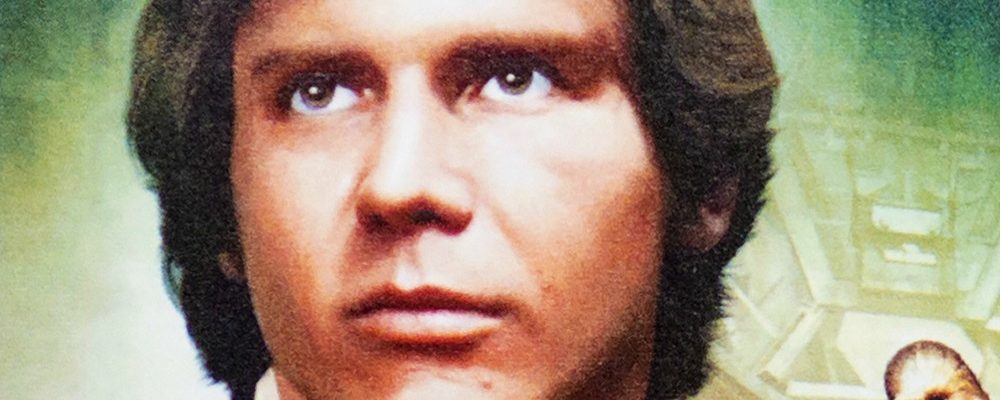Fans of that galaxy far, far away have been reeling from the news that Star Wars studio Lucasfilm has sacked the two directors of an upcoming, standalone ‘young Han Solo’ film over creative differences, with just three weeks left in the shooting schedule – an almost unprecedented move.
After being about 90% covered by hip, young filmmakers Phil Lord and Chris Miller (makers of The LEGO Movie), the film will now be substantially reshot by seasoned hand Ron Howard – with reports emerging that Lucasfilm president Kathleen Kennedy was unhappy with the ousted pair’s encouragement of the cast to improvise their way off script, contributing to a zany, comedic tone that was felt to be out of step with the Star Wars universe.
Tens of millions of dollars had already been spent on the film, and the shoot is now all but doomed to go over-budget and behind schedule, with the 25 May 2018 release date now looking severely unlikely. Clearly, this is a management quagmire of the most undesirable kind, and one can only speculate at how a differing creative vision was allowed to continue almost to the finish line before the whole project was reassessed and re-staffed.
What measures must leaders take – particularly on high-profile projects with lots of stakeholders – to ascertain that their vision and that of their collaborators is in harmony from the start, thereby avoiding such tortuous and damaging circumstances?
“People tend to be in an extremely keen mood at the outset of collaborations,” says The Institute of Leadership and Management's head of research, policy and standards Kate Cooper. “There’s a honeymoon period, there’s all sorts of enthusiasm to get started – but perhaps not enough attention is paid in the early stages of these relationship to planning contingencies, and spending time getting to know each other to ensure that your values are aligned. Research shows that for any innovation project, the length of time that’s spent on firming plans up in the early stages is a great predictor of how successful the innovators will be in getting the project to market. The same will be true with a collaboration.”
Cooper explains: “The problem is, you may think you know what the other person is saying, and what’s on their mind – but it’s not until you’ve explored that and rearticulated it, and really understood whether you have a truly joint vision, that you know whether or not the collaboration is on solid ground. Can you, in all confidence, go off and handle your separate parts of the arrangement knowing that you will both stay true to the initial, shared idea in the form it has been discussed?”
She adds: “There’s no quick fix to making a collaboration work – you must invest time in deepening the relationship, and then those mistakes and mismatches won’t happen. You also need courage in light of a potential misalignment or misunderstanding to say, ‘You know what – this isn’t going to work’, or, ‘It doesn’t look like this is going to work – is there anything we can do to rescue it?’ That’s far preferable to letting the effort meander into territory that is likely to be hugely expensive and risk a lot of anger and resentment.
“Spend more time trying to work out whether it’s the marriage that you think it’s going to be, or just a product of mutual wishful thinking.”
For further thoughts on collaboration and teamwork, check out these resources from the Institute
Image of Han Solo courtesy of catwalker, via Shutterstock

